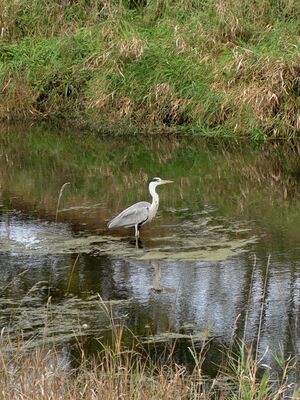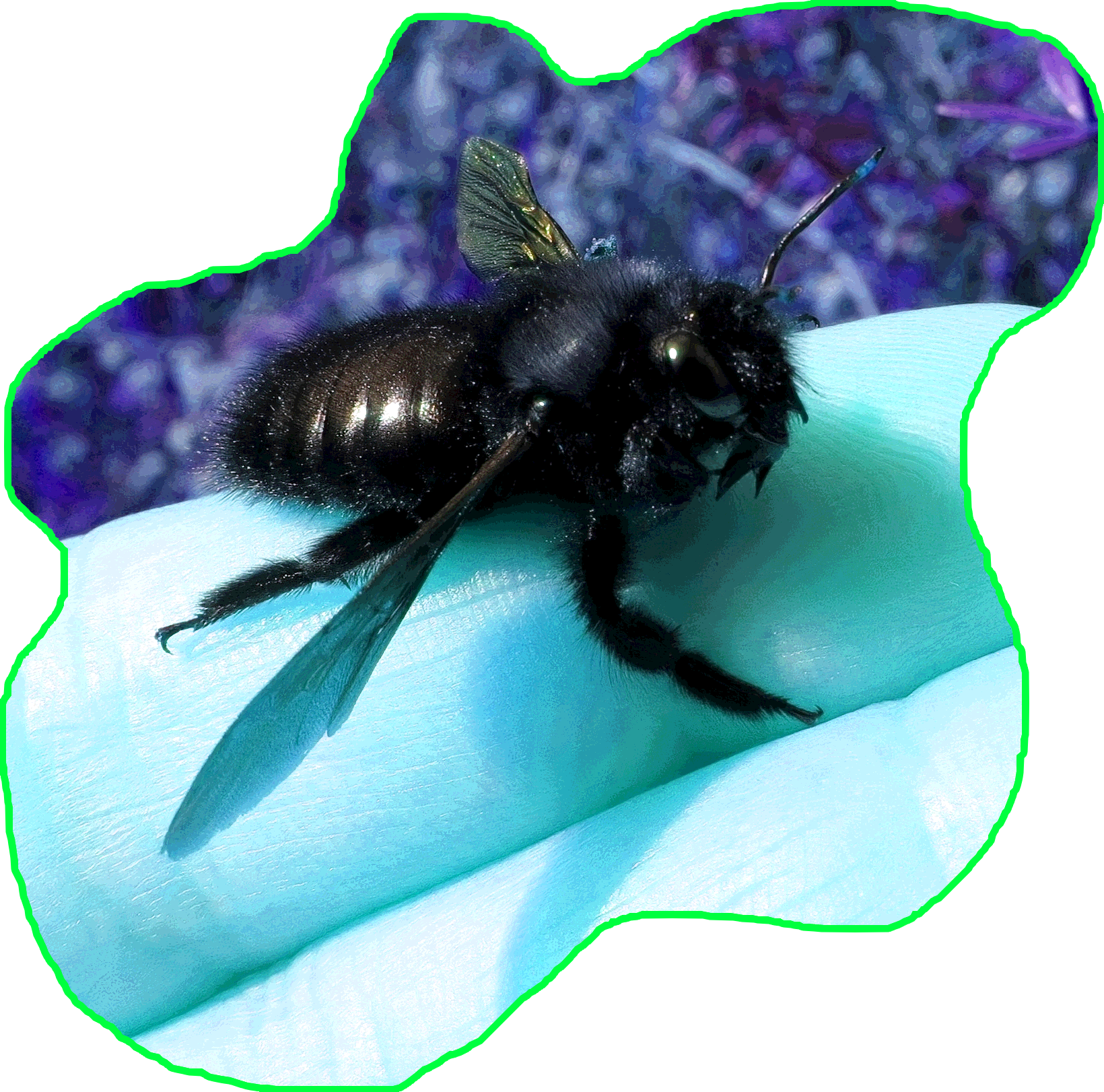Ardea cinerea
About

The Grey Heron is one of the largest herons and largest birds in Middle Europe. With a body length of up to 0,98 m it stands on long legs to the height of a smaller human. Yet it usually weighs less than 2 kilograms. It reaches up to 1,95 m in wingspan and makes for an impressive sight when in the air. The bird spends most of its time solitary, hunting alone by standing at the edge or in the middle of a river or larger lake. Grey herons are able to swallow large fish like carp weighing more than themselves.
Sam says
Grey herons tend to make a lot of noise when startled or just in a bad mood. The real noise, however, unfolds when they get home to their sleeping tree in the evening. Crashing into the tree line near my garden every night, they would sound like what the makers of Jurassic Park made velociraptors sound. They do seem to follow a structured day with tasks to do and places to be. You can watch them travel from where they sleep to where they will stand for the rest of the day every morning. They usually make the trip before 7am. If they don't make it back before it gets dark, they sometimes just stay where they hunt. There is one grey heron hunting the same spot next to the old Naturkundemuseum Leipzig day in and day out. If it's missing, it is still in the same river, just in a different spot.
Grey herons are easily startled when humans walk too close up to them but depending on how much hunting luck they had in their current spot, they might just walk away slowly and come back when it's safe to do so. They do get used to busy spots like public parks or roadsides but do not usually interact with humans in any way.




